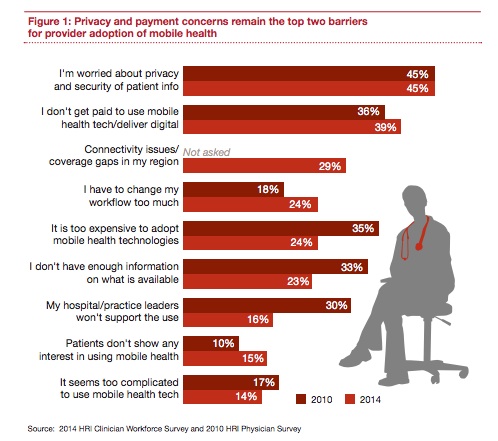Half of physicians and extenders said virtual visits could replace more than 10 percent of in-office patient visits, thus giving them more time during the workday, according to a PricewaterhouseCoopers survey of 1,000 physicians, nurse practitioners, and PAs.
Still, only 15 percent of clinicians said they currently offer telehealth services to patients with chronic conditions and just 28 percent said they are considering adding these services. Seventy nine percent of physicians found that mobile devices could help them coordinate care more effectively. Around 42 percent of physicians said they feel comfortable relying on a patient's at-home test results to prescribe medication, the survey found.

“Digitally-enabled care is no longer nice-to-have, it’s fundamental for delivering high quality care,” Daniel Garrett, health information technology practice leader for PwC US said in a statement. “Just as the banking and retail sectors today use data and technology to improve efficiency, raise quality, and expand services, healthcare must either do the same or lose patients to their competitors who do so.”
When PwC compared surveys from 2014 and 2010, the research firm found that while in 2010 12 percent of physicians said they accessed medical records on a mobile device, 45 percent do so now. Additionally, in 2010, 14 percent of physicians prescribed medications on a mobile device, while 41 percent do now. The number of physicians who use a mobile device to communicate with patients grew ten percent from 21 percent in 2010 to 31 percent in 2014.
Barriers for physician adoption of mobile technologies include concerns about privacy and security of patient health data, lack of reimbursement for using digital health devices, connectivity issues, and that digital health technologies are too expensive to adopt.
"The adoption and integration of digital technology with existing healthcare processes has not yet fulfilled its potential to transform care and value for patients," Simon Samaha, a principal at PwC said in a statement. "The next five years will be critical, with leaders emerging from those who use digital technology to innovate and revamp the interactions between consumers, providers and payers."



















